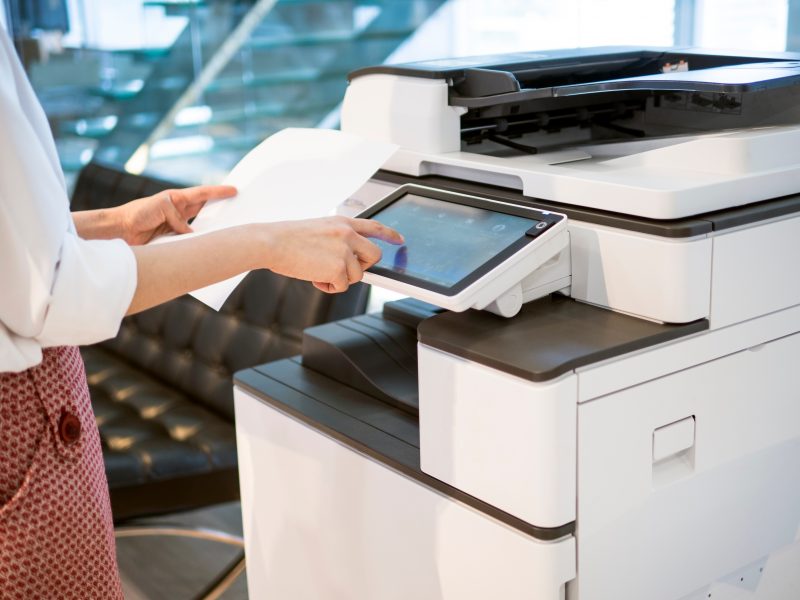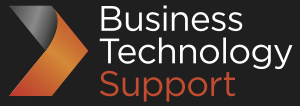 Add My Company
Add My Company
With constant talk about cloud computing and paperless offices, do printers still have a place in the modern workplace? The answer is simple…yes, they absolutely do. In this week’s blog, we’re going to tell you why.

1. Paperless doesn’t really mean paperless
As the workplace continues its transformation into becoming more digital, mobile and adaptable, more and more businesses are headed for the “paperless office”. However, many are realising, perhaps surprisingly, that converting to a paperless office doesn’t mean doing away with printers. Printers and MFPs remain integral to the workplace and we know from talking to our customers that a better target for most businesses is to aim to use significantly less paper rather than becoming entirely “paperless”.
Unlike standalone fax machines, which have been rendered almost redundant as a result of email and computers, there is evidently still a need for printing. Some documents in many industries still require a physical signature, for example. Yes, biometrics and digital signatures are being used increasingly, but signatures on paper are still a requirement for many.
Let’s also not forget the fact that in certain industries there are organisations that need to keep both digital and hard copies of their paperwork, and some are just simply more comfortable with paper files! Hard copy proofing is an important requirement for lots of companies and departments, such as marketing, too.
2. Printing smarter, not necessarily less
So, following on from that – it’s safe to say, the demand for print is certainly not declining, it’s just shifted slightly. And with so much focus on the environment and a need for us to make significant changes, more and more businesses are implementing processes to reduce waste. Print manufacturers have recognised this and embraced that change by building innovative devices that support businesses in printing smarter.
We’ve helped lots of our customers reduce their waste paper quantities by identifying and eliminating all of their “non-essential printing”. A number of the features on our MFPs have resulted in the reduction of waste by simply encouraging users to set double-sided printing as default or introducing booklet printing, for example. Secure follow me printing with card release has also helped avoid misprinted, reprinted or unclaimed prints by saving jobs on a server until users authenticate the job at the printer.
With networked MFPs, documents can also be scanned, stored and shared digitally, and this is one of the biggest – and most overlooked – benefits for our customers. These document workflow solutions can not only lower paper usage, but also improve productivity by reducing the reliance on paper trails.
3. Printers = smart solutions
As technology continues to advance, so too do printing solutions. Our range of multifunctional printers feature copy, scan and optional fax functionality, creating one solution that caters to all of your document management needs. Our multifunctional printers have been designed to perform all of the tasks that standalone copiers, printers and scanners previously did individually. As a result, they offer businesses an all-in-one, cost-saving solution and they’re space-saving too.
Not only can you print, copy and scan from these productivity-boosting devices, they’ve also been designed to help reduce your total cost of print, thanks to their cloud management capabilities which ensure your investment is a cost-effective one.
Our printers and photocopiers offer businesses the opportunity to deliver professional-quality materials in-house too, removing the need for any additional outgoing costs.
4. MFPs help improve document security
Securely managing business data is now critical in every organisation, and MFPs and printers have become part of an organisations’ integrated document workflow and business processes.
Focusing specifically on the third generation imageRUNNER ADVANCE 3rd edition platform, Canon recently introduced Security Information Event Management (SIEM) integration for the first time, which is a significant shift. SIEM solutions collect and analyse data from a company’s IT environment and provide real-time indicators of any potential security threats.
This, and other new security features, including automatic security certificate updates, have been installed at the design level of the new imageRUNNER ADVANCE models. It’s all part of equipping customers with a comprehensive solution that will help improve business efficiency and reduce the burden on IT teams.
The introduction of the GDPR in May last year has had a huge impact on how businesses collect and store data, and scanning plays a key role in this. Stricter compliance rules mean more organisations are now digitising their documents, which is where features such as pin-code authorisation and automatic archiving are hugely beneficial. With advancements in secure print technology, end-to-end encryption is also available for scanning and printing often with the option to set passwords when using a scan to email function.
5. Print can complement digital
Print and digital aren’t mutually exclusive. Perhaps the best example of how the two can work together is QR codes, which continue to quickly take us from physical to digital in a matter of seconds.
While print volumes are ultimately declining, it appears to be less of a “big bang” and more of a gradual transition. Multifunctional printers (MFPs), for instance, are typically connected to the Internet, so they are in fact an IoT (Internet of Things) device that can play a very important role in any digital transformation strategy. Their ability to capture and share data that can then be shared with other systems should not be overlooked, the opportunities are endless.
That’s not forgetting the legal requirements that still stand in some businesses. For many, there is still a legal or compliance-related obligation for storing hard copies of a document or the need to ensure they can easily be printed, if required. This may include payroll information, safety instructions or contracts, and stakeholders, government and/or regulatory bodies may also require hard copies of certain information. Depending on the industry within which you operate there may be a requirement for printed copies of documents, so it is definitely worth checking.
In summary, it’s safe to say the office printer is alive and well and truly kicking! At BTS, we know how daunting buying a printer or MFP can be, so talk to us today. We’ll guide you with our expertise and are always happy to provide a no-obligation quote too.
For more information on Five reasons your workplace still needs a printer talk to Business Technology Support Ltd
